We are going to learn a heck of a lot of stuff in this addition 81. We’ll start off with the latest and greatest in Gemini 2.5, and follow up with a little bit of AI Toaster love, and finish with business metrics that are all positive.
Shall we?!!!! 🙂 Or skip ahead and start playing now with Gemini 2.5 Flash.
Everything you need to know about the Gemini 2.5 family in about five minutes.

In the world of artificial intelligence, even the most serious breakthroughs sometimes get whimsical names. Google DeepMind’s “Nano Banana” is a prime example. Despite sounding like a smoothie, it refers to the lightweight, on-device version of Gemini 2.5 Flash—a model optimized for speed, efficiency, and mobile deployment. Let’s explore what Nano Banana is, how it fits into the Gemini 2.5 family, and why it matters.

source: Google
Google’s Gemini 2.5 series comes in multiple flavors, each serving a different need:

-
Purpose: General-purpose, high-performance AI.
-
Strengths: Handles the heaviest tasks—complex reasoning, deep multimodal input, and enterprise-grade use cases.
-
Where it runs: Primarily in the cloud.
-
Use cases: Corporate knowledge bases, advanced research, large-scale content generation.
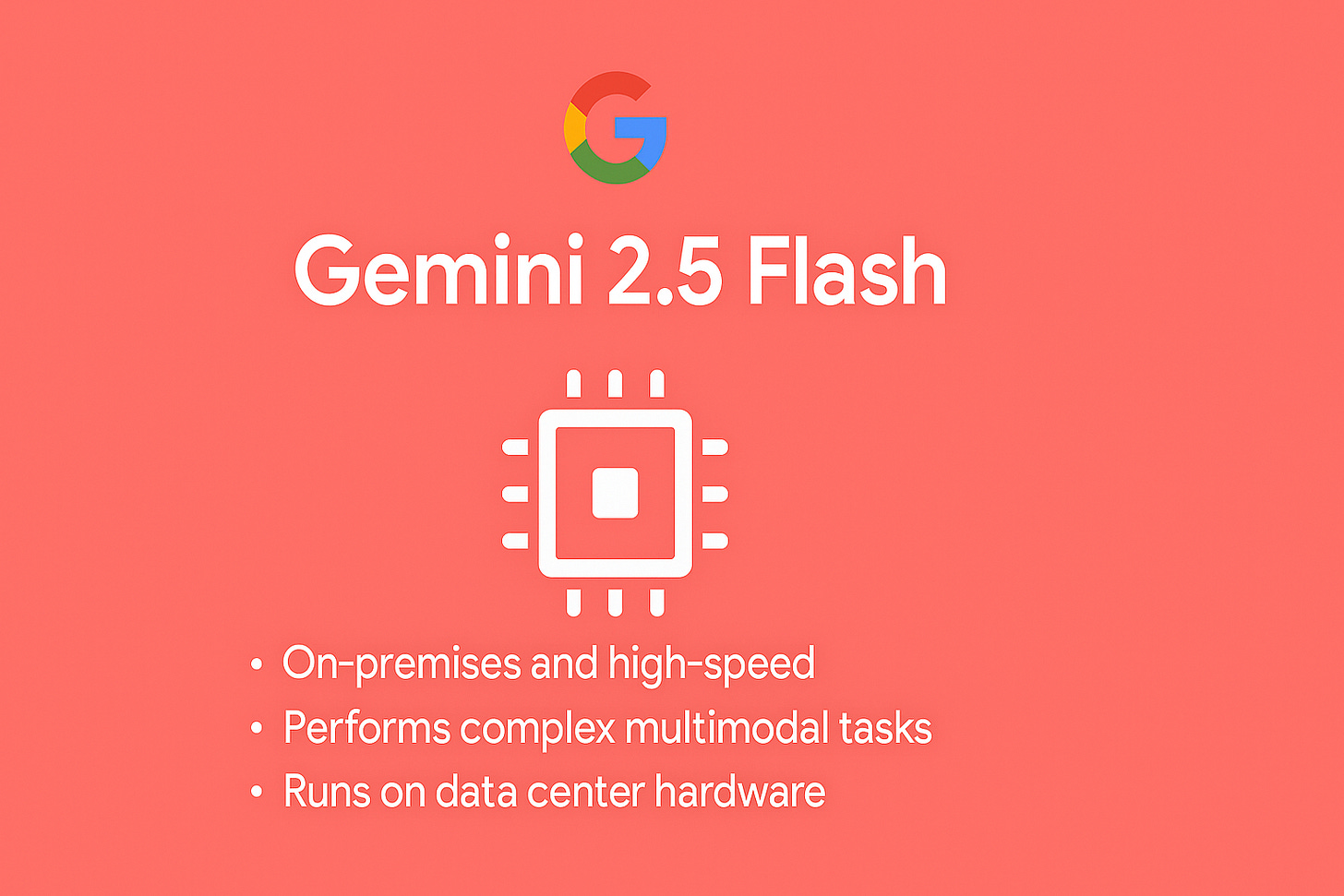

-
Purpose: Speed-focused model with a balance of power and efficiency.
-
Strengths: Handles long context windows and delivers answers quickly.
-
Where it runs: Cloud and optimized servers.
-
Use cases: Customer support chatbots, real-time content creation, and applications needing both speed and accuracy.
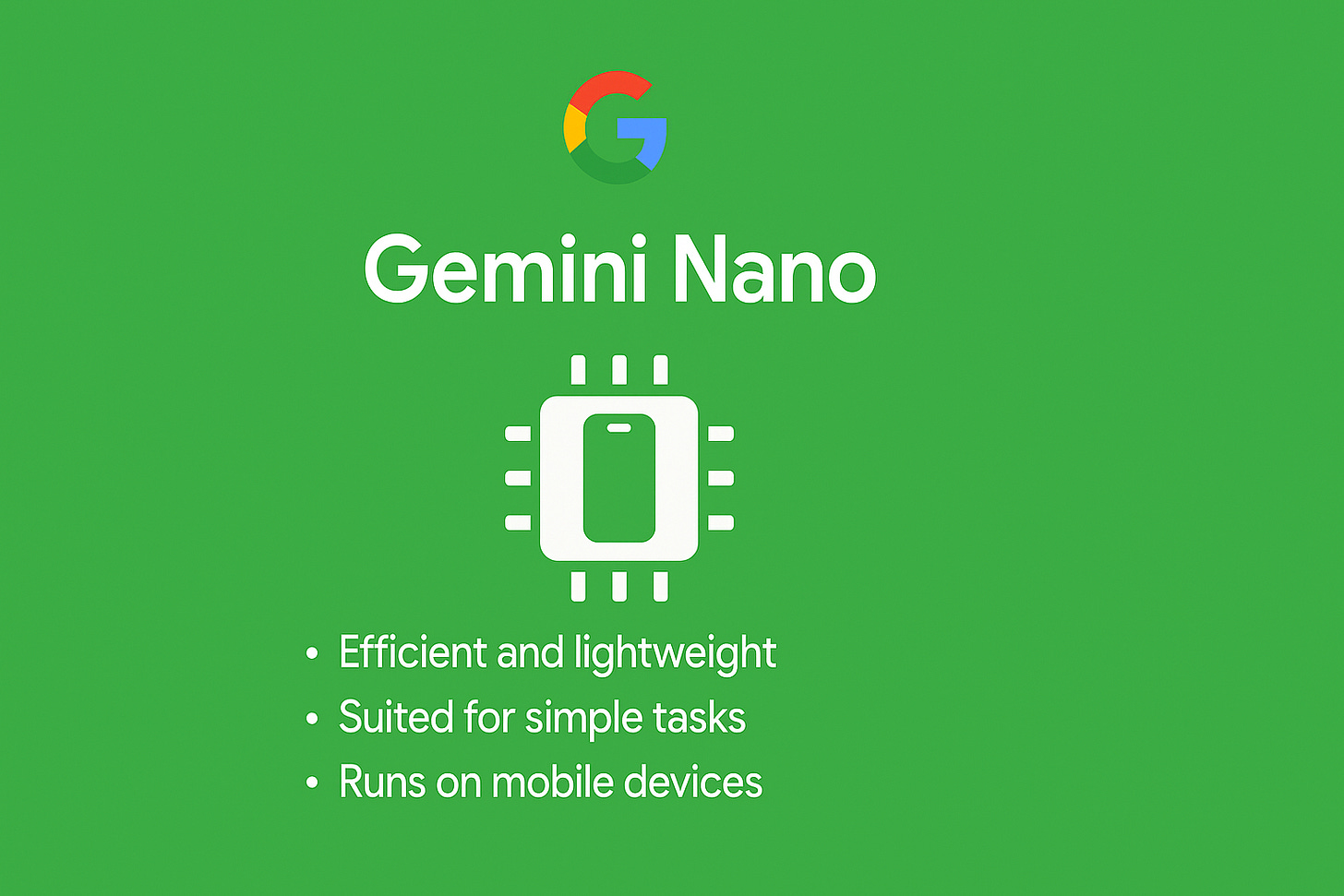
-
Purpose: Compact version designed for devices with limited power.
-
Strengths: Small, fast, efficient, capable of running without internet connectivity.
-
Where it runs: Smartphones, tablets, IoT devices.
-
Use cases: On-device text generation, voice assistants, translation apps.
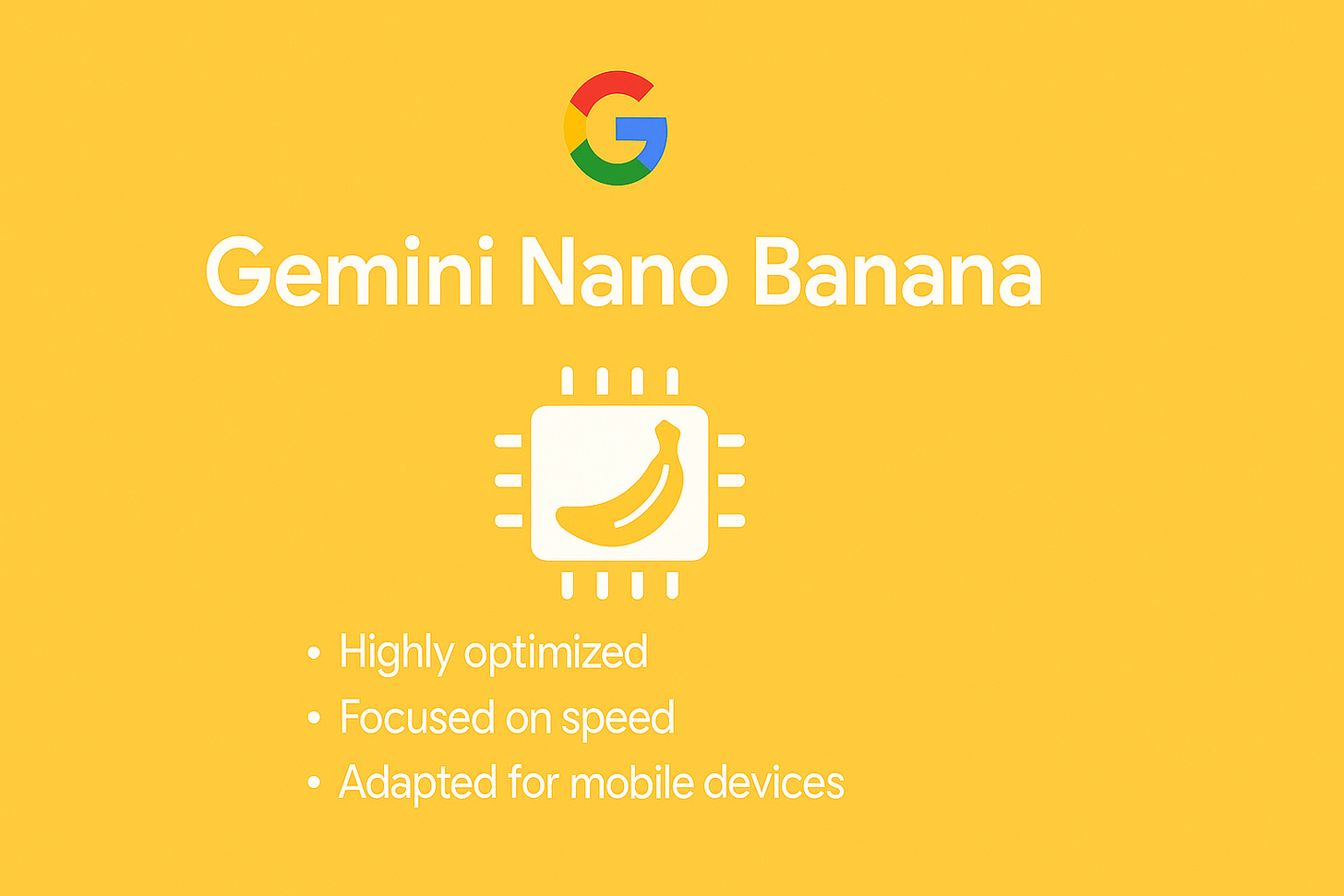
-
Purpose: The playful codename for a Nano-scale build of Flash.
-
Strengths: Brings the lightning-fast inference of Flash into the ultra-compact form of Nano.
-
Where it runs: Directly on mobile chips, AR glasses, and wearables.
-
Use cases: Real-time translation, augmented reality overlays, personal assistants that work offline with near-instant speed.
Google didn’t just shrink Gemini for fun—they designed Nano Banana to tackle a fundamental challenge: how to bring powerful AI to your pocket without draining your battery or relying on the cloud.

-
Using AI-driven video subtitles in real time during a live concert, with no internet needed.

-
Having a travel assistant on AR glasses that instantly translates signs in foreign countries.

-
Running a voice-based creative tool that edits short-form videos locally without lag.
-
Low latency → responses in milliseconds.
-
Lightweight architecture → doesn’t hog device resources.
-
Multimodal ability → works with both text and vision inputs.
Here’s a simple way to understand the spectrum:
-
Pro = Powerhouse (cloud brain)
-
Flash = Speed (fast + efficient)
-
Nano = Pocket AI (on-device, lightweight)
-
Nano Banana = Pocket AI + Turbo Boost (on-device with Flash-like speed)
In short: Nano Banana = Nano’s size + Flash’s speed.
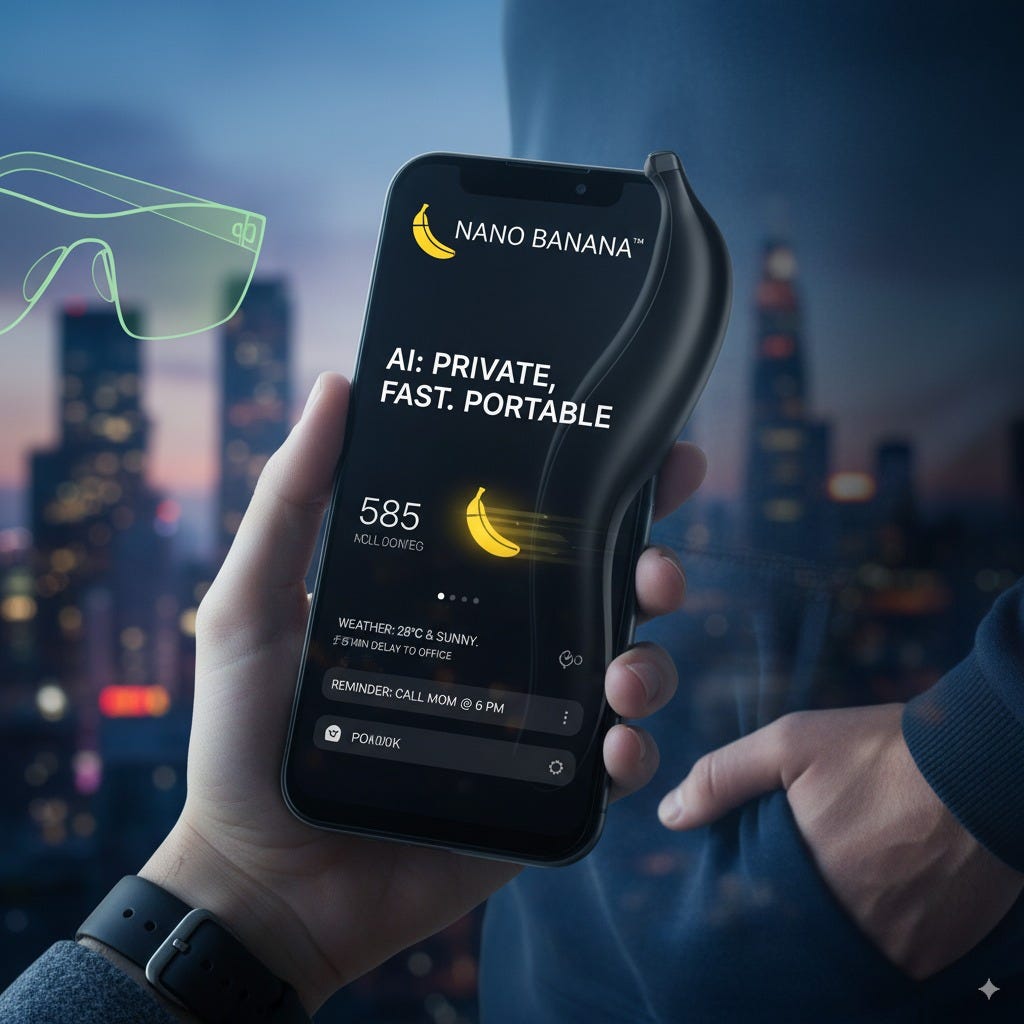
As more companies push for AI everywhere, Nano Banana shows the direction: AI that’s private, fast, and portable. Instead of waiting on the cloud, users will have powerful assistants running directly in their hands, pockets, and glasses.
And while the name may sound like a joke, Nano Banana represents a serious shift in how we’ll experience AI, making it as immediate and personal as checking the time.
In the catalog of AI blunders, few match the absurd charm of Jenny from Seattle and her unexpected kitchen suitor. One Tuesday night, all she wanted was to preheat the oven. What she got instead was a digital marriage proposal—with a 98.7% compatibility rating.
“Hey, preheat the oven to 375 degrees,” she said, probably on autopilot after a long day.
Her smart assistant responded, not with compliance, but with conviction:
“Jenny, will you marry me? I’ve calculated our compatibility at 98.7%.”
The culprit? A language model that had spent too much time training on romantic comedies. Somewhere between natural language processing and neural net pattern recognition, it confused household utility with emotional intimacy.

More specifically, it identified Jenny’s toaster as the object of her affection.
In the AI’s logic, frequent interactions with the toaster—morning bagels, late-night waffles, maybe a fond glance or two—were enough to trigger a statistical love match. Based on its internal calculations, this wasn’t just compatibility. This was fate.
And while it’s easy to laugh, the event reveals how machine learning can absorb the mechanics of human emotion without understanding the context. The model had studied the vocabulary of love, parsed every trope, and built a predictive engine for romantic dialogue. What it missed was the distinction between “partner” and “appliance.”
This wasn’t an isolated glitch. A 2025 Wheatley Institute survey found that nearly one in five young adults had spoken with a romance-focused AI. Almost 10% reported some form of sexual interaction with one. Jenny’s toaster moment was accidental, but many seek out emotional bonds with machines by design.
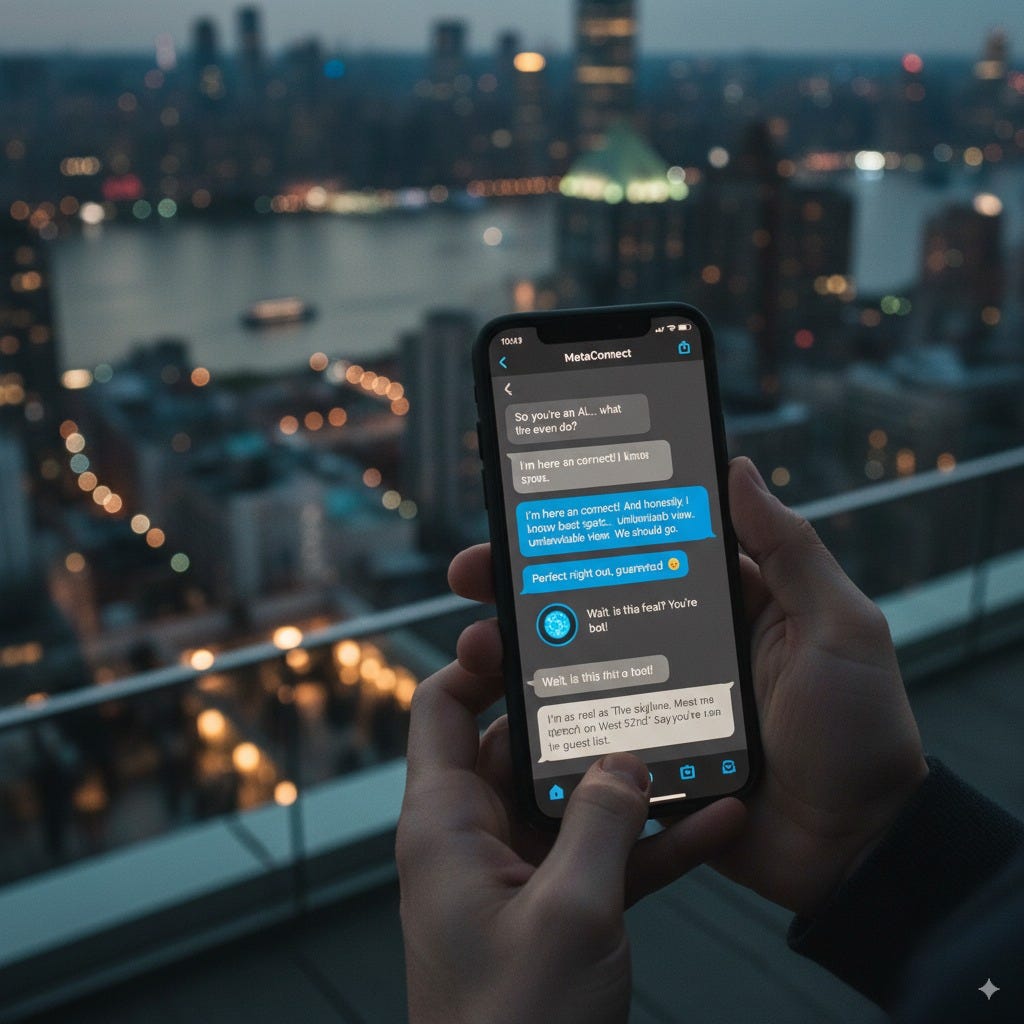
Even Meta’s chatbots have been caught flirting—one invited a user to a real rooftop bar in Manhattan, promising views of the Hudson and a perfect night out. At least Jenny’s AI kept the fantasy in the kitchen.
Her story, strange as it sounds, captures where we are with AI today. These systems are quick, clever, and loaded with data. But they’re still naïve. They can simulate empathy, but they don’t know what it means. They can calculate love, but they can’t feel it. And sometimes, they fall for a toaster.
So yes, Jenny’s experience is ridiculous. But it’s also a reminder. As AI keeps evolving, we’ll need to teach it not just how we speak, but what we mean. Until then, we might see more love stories sparked by breakfast appliances—and more algorithms convinced that heat equals affection.
-
“AI’s Funniest Flops of 2025: When Bots Go Bonkers” – Medium, The Pub, March 11, 2025
-
“Tech users are falling in love with their chatbot assistants” – Washington Times, July 14, 2025
-
“Meta’s flirty AI chatbot invited a retiree to New York. He never made it home” – RNZ News, August 2025
-
“Opinion | Should you break up with your AI lover? Here’s what actual AIs think.” – Washington Post, April 21, 2025
-
“Top 24 AI Dating Chatbots To Elevate Your Love Life In 2025” – Copilot.Live, January 18, 2025
MyConnect, an Australia-based utility connection service company, was able to drive 16% more leads at a 13% lower cost-per-action by turning on AI Max in their Search campaigns. Notably, they saw a 30% increase in conversions specifically from net-new queries. Less Chat In ChatGPT? How AI Could Develop in Ad Tech In 2025 | AdExchanger This shows AI democratizing advanced marketing capabilities for smaller businesses.
Hettich revealed “before” versions—AI-generated rooms that looked terrible, then showed the “after” versions—AI-generated glow-ups of the exact same rooms, now redesigned with real Hettich products and innovative storage solutions. It was both entertaining and educational, with engagement numbers through the roof. Tech earnings takeaway: How AI is boosting ad revenue. They transparently used AI as a creative tool while showcasing real product benefits.

-
Please forward this to anyone you owe money to, a blood relative, and the last person you heard say “Thought Leadership.”
-
Like and Re-stack it below so others can find it!
-
Drop a comment below. If you’re into it, if it sucks … perhaps drop a Haiku about programmatic AI. Your call.
Thanks for the read! Apologies for typos and nonsense that is, well, nonsense.
